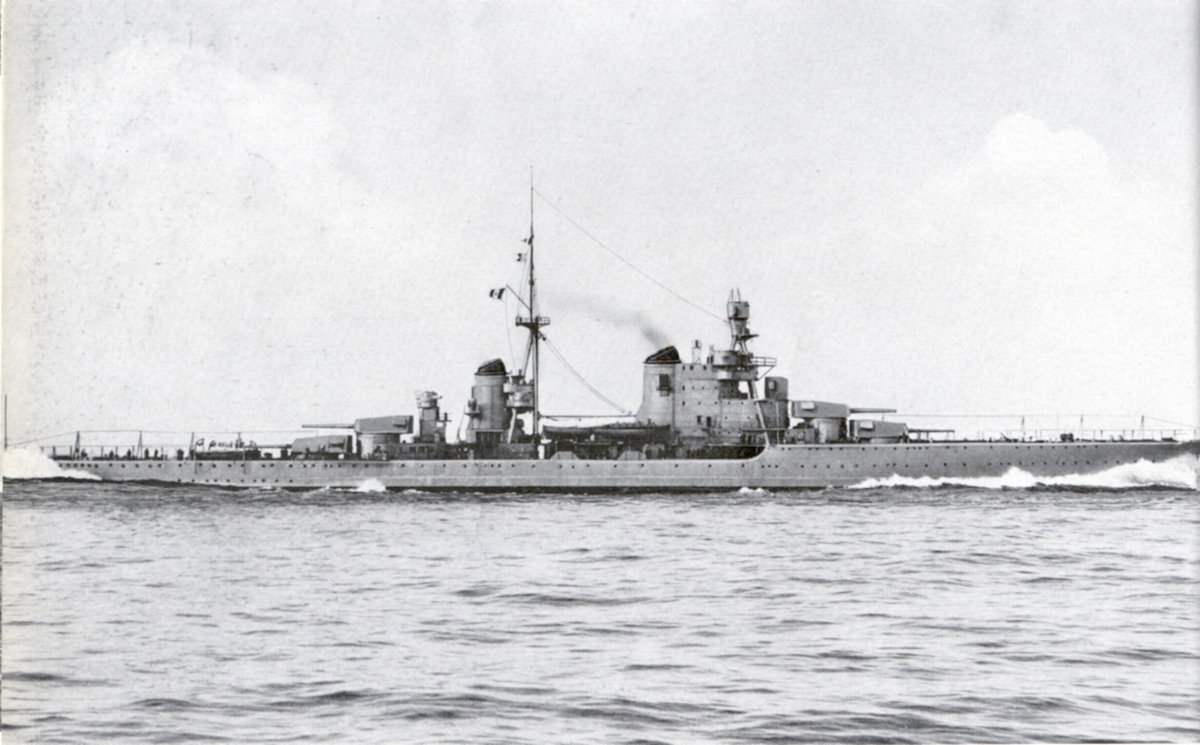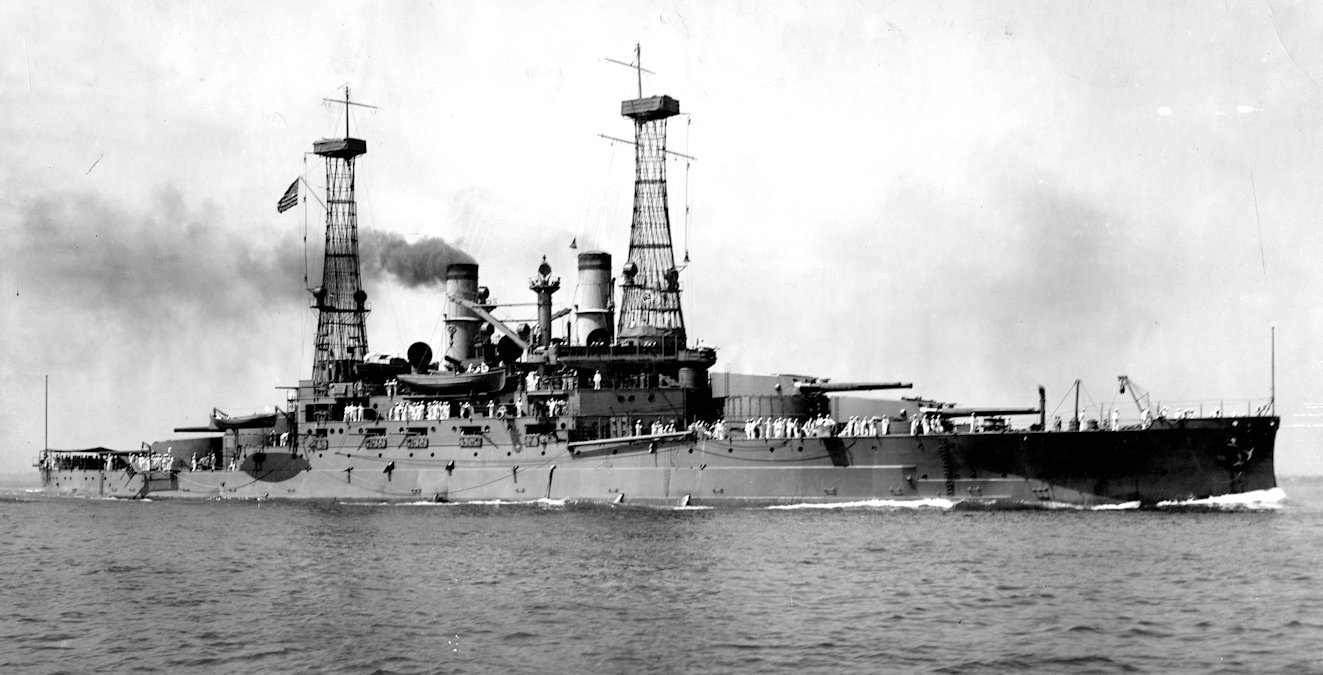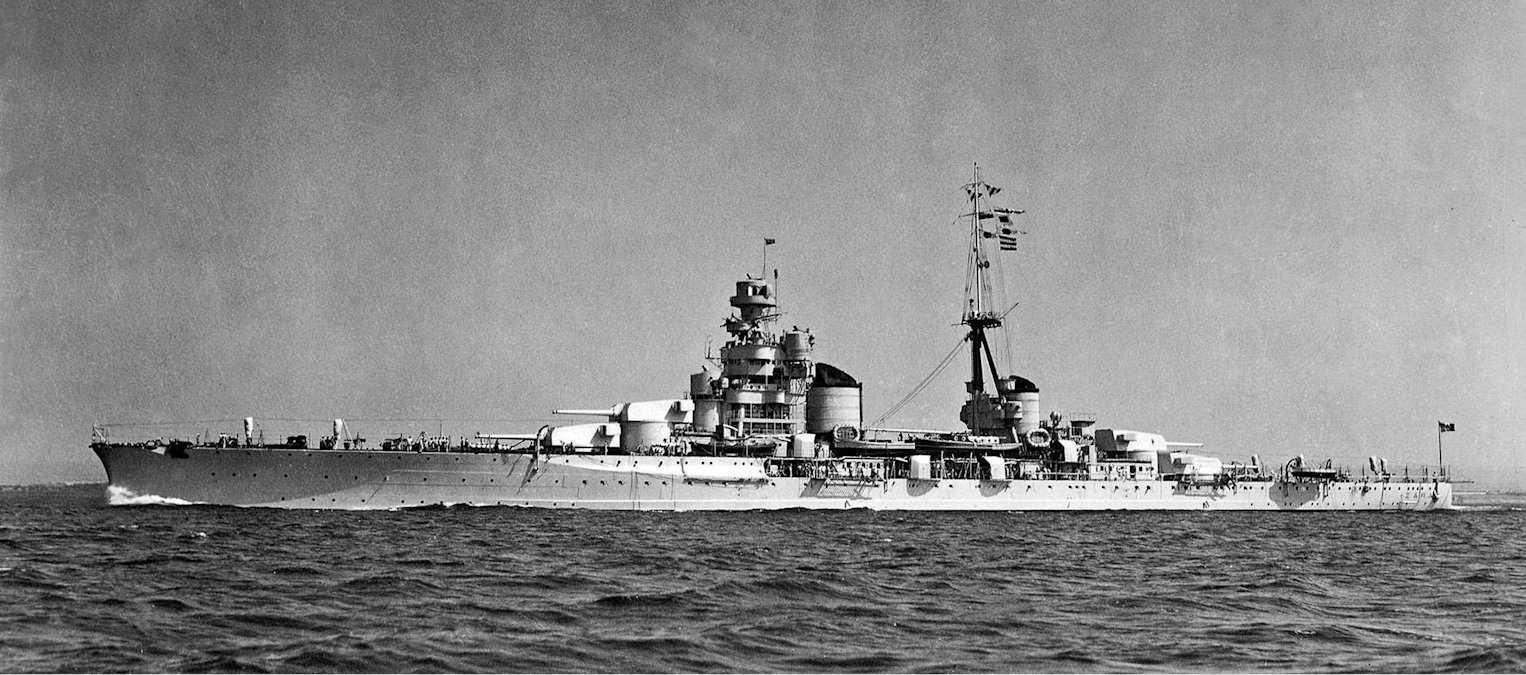Tag: Military
-
Italian Heavy Cruiser Pola

Italian Heavy Cruiser Pola Pola was the forth and last of the Zara-class cruisers built for the Italian Regia Marina. Unlike her three sisters (Zara, Gorizia and Fiume), she was completed as a flag ship, with a larger conning tower for the admiral and his staff. Launched on 5 December 1931, she was commissioned into… Read more
-
US Battleship USS South Carolina BB-26

US Battleship USS South Carolina BB-26 The lead ship of her class of dreadnought battleships for the US Navy, USS South Carolina (BB-26) was launched on 11 July 1908 and commissioned on 1 March 1910. The first dreadnought battleship built for the US Navy, she incorporated several revolutionary aspects, primarily the superfiring guns of her… Read more
-
Italian Heavy Cruiser Zara

Italian Heavy Cruiser Zara The lead ship of her class of four heavy cruisers for the Italian navy, Zara was launched on 27 April 1930. Commissioned into the Regia Marina on 20 October 1931, she took an active part in naval operations in the Mediterranean along with her sisters Fiume, Pola and Gorizia. During the… Read more